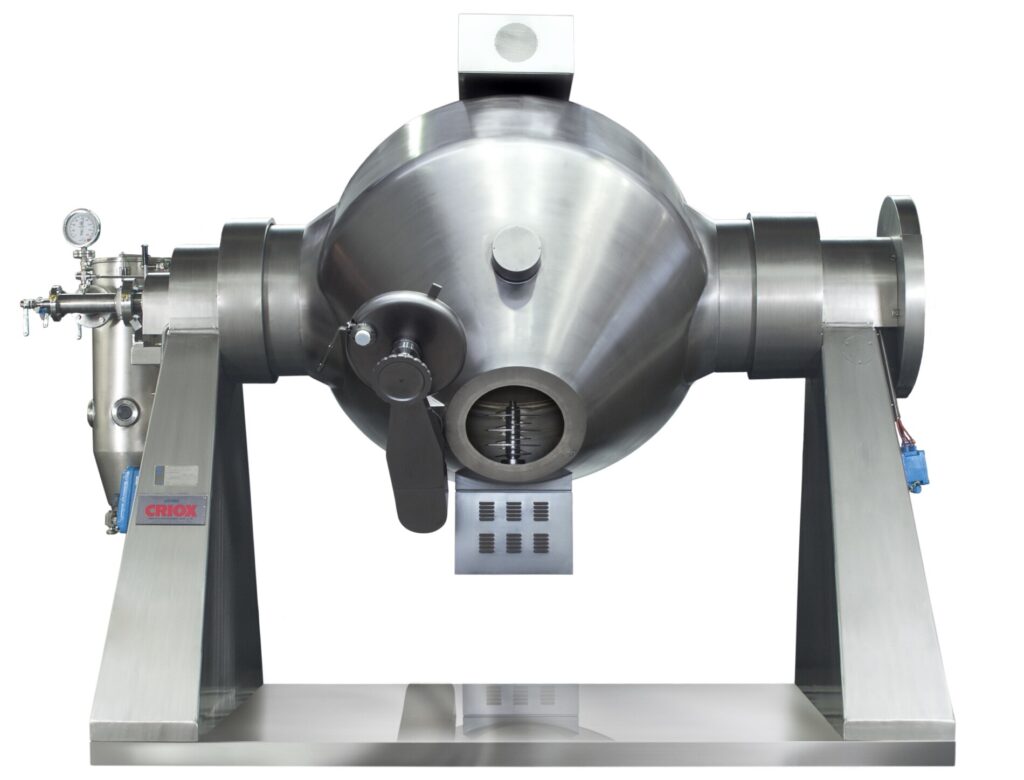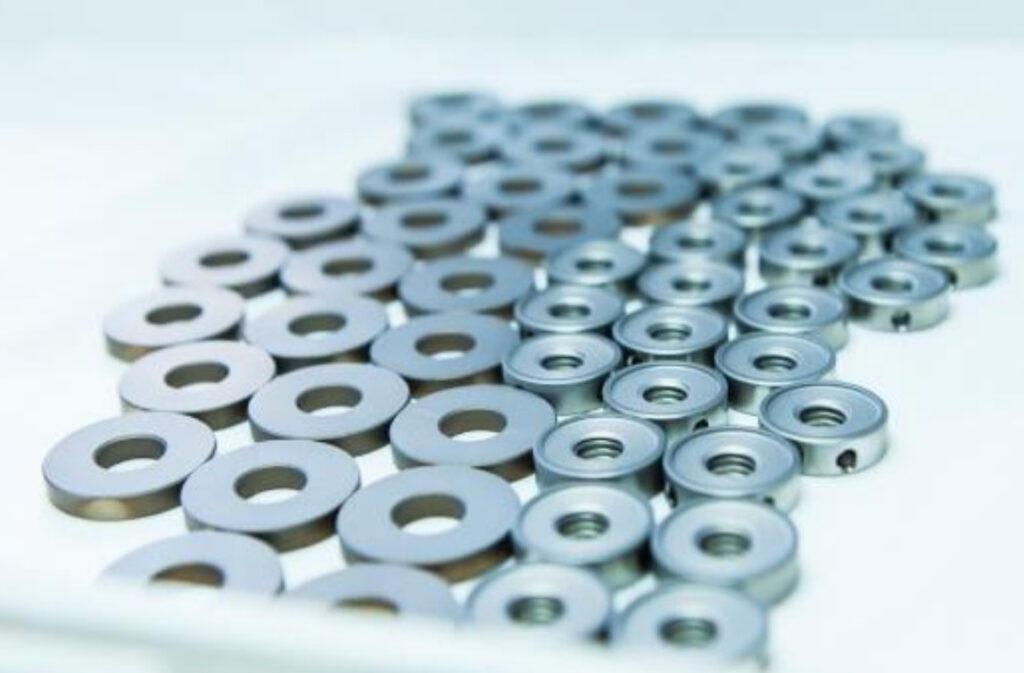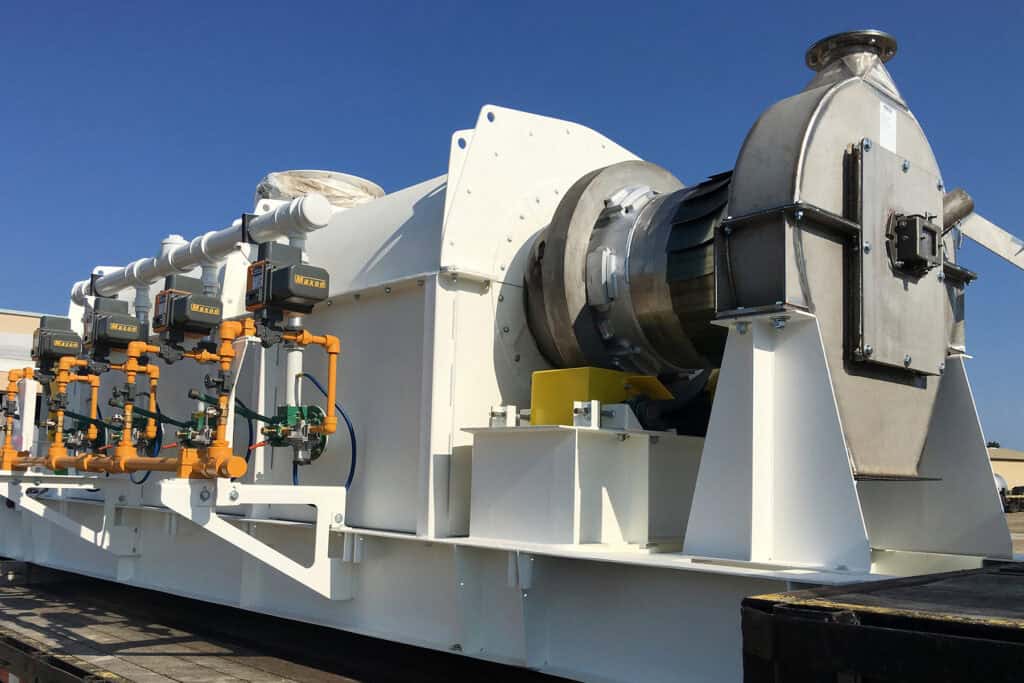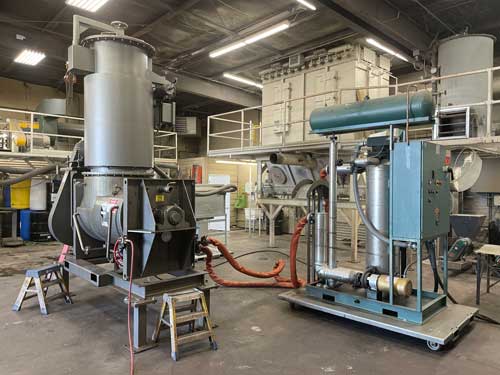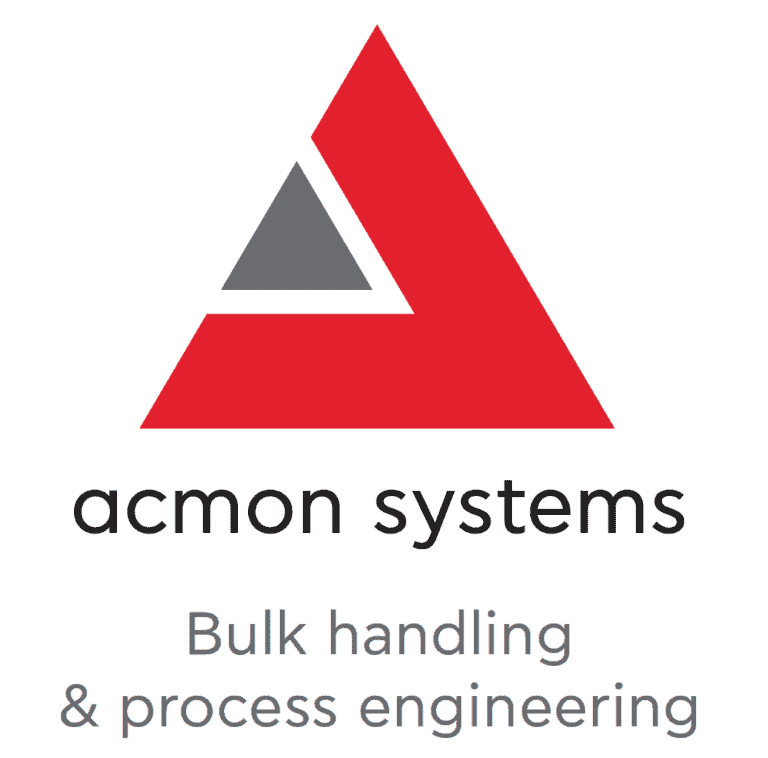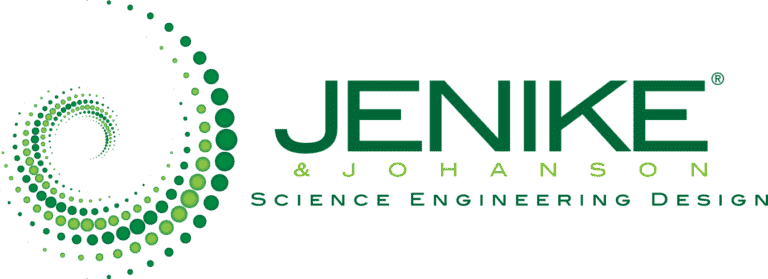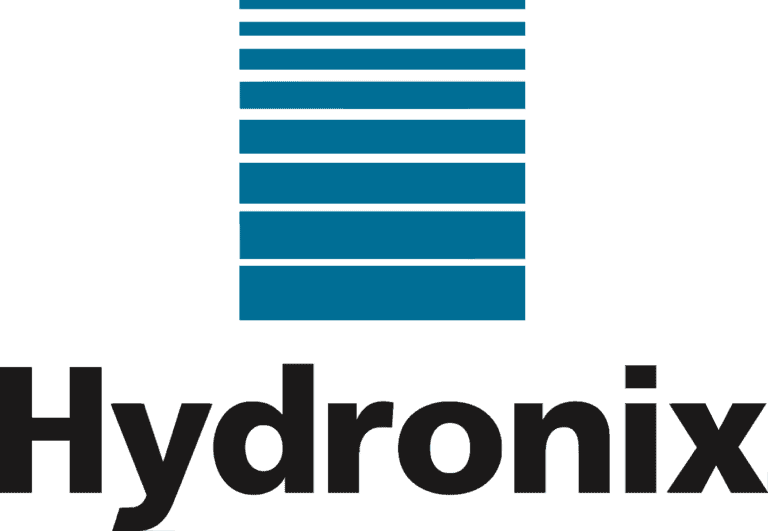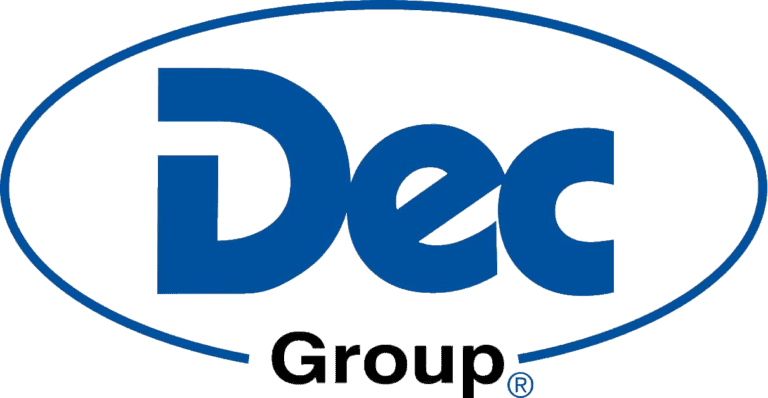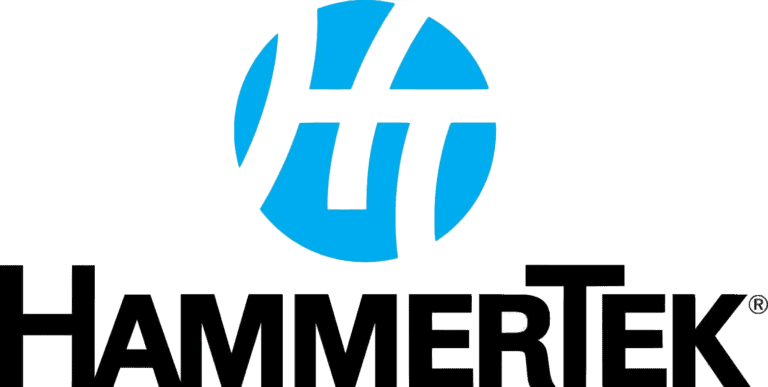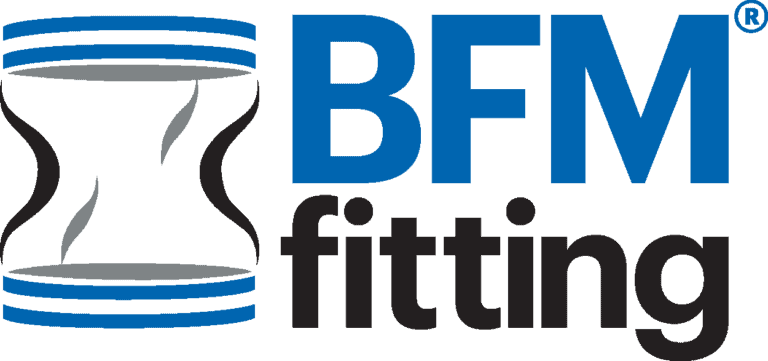Drying solid materials is one of the most common and important in the chemical process industries since it is used in essentially every plant and facility that manufactures solid materials, in the form of powders and granules.
Drying is defined as the removal of water or other liquids from a solution, suspension by vaporizing it. It is a complicated process that involves both heat and mass transfer simultaneously, together with physicochemical transformations. Drying occurs as a result of the vaporization of liquid by supplying heat to wet granules, feedstock, filter cakes. and so on. Based on the mechanism of heat transfer that is employed, drying is categorized into direct, indirect, radiant, and dielectric or microwave drying.
Solid Drying Methods
Where fluid bed dryers are the most popular choice, they mainly handle solid feeds composed of discrete particles. There are other popular methods for drying solids materials, such as flash, tray, rotary tray, and then the fluid bed dryers.



